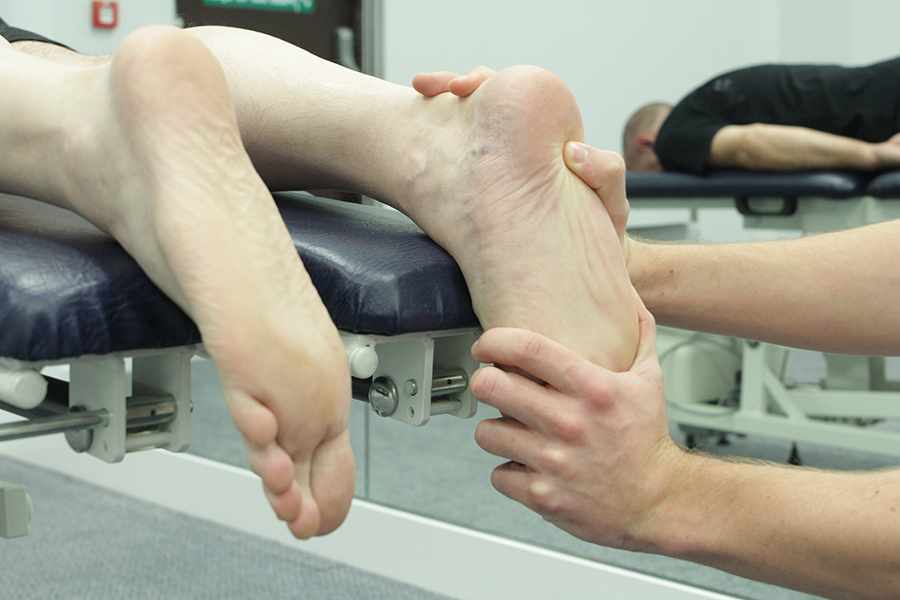

The ossicle is rounded as compared to an acute fracture. An ossicle in the peroneus longus tendon adjacent to the base of the fifth metatarsal. The apophysis is parallel to the shaft and does not extend proximally into the fifth metatarsal-cuboid articulation. The apophysis is parallel to the shaft of the metatarsal.įractures at the base of the fifth metatarsal can be mimicked by:įifth metatarsal apophysis in skeletally immature patients. In skeletally immature patients, the base of the fifth metatarsal has an apophysis, which should not be confused for a fracture. Occasional swelling and ecchymosis at the fracture siteĭifficulty bearing weight on the affected footĪn anteroposterior, oblique, and lateral radiograph of the affected foot are helpful in establishing a diagnosis.Ī styloid fracture should be assessed for displacement and comminution ( Figure 44-1 )Ī nonunion of a Jones fracture with a widened fracture line and obliteration of the intramedullary canal with sclerotic bone. Tenderness to palpation at the fracture site Patients with acute fractures usually have difficulty ambulating or applying pressure on the affected foot. Patients often report a twisting injury to the ankle or an inversion injury to the foot. Prodromal pain at the site of the fracture prior to an acute injury might signify a stress type fracture. Nonunions can also be seen, with intramedullary sclerosis.Ī thorough evaluation of the patient’s history may help distinguish a stress fracture from an acute fracture. Stress fractures at the metadiaphyseal junction can results in cortical hypertrophy, periosteal new bone formation, and widening at the fracture site. Vertical/medial-lateral force as the heel is raisedįractures of the fifth metatarsal can be divided into shaft and neck fractures, styloid fractures, and fractures at the metadiaphyseal junction-the so-called Jones fracture. These ligaments and the capsular attachments help to stabilize the fifth metatarsal and result in force concentration to the fifth metatarsal just distal to the articulation with the fourth metatarsal.Ī varus hindfoot has been associated with fifth metatarsal Jones fractures. There are strong stabilizing ligaments between the base of the fifth metatarsal and the cuboid and fourth metatarsal. This mechanism is often seen in dancers.įractures of the proximal fifth metatarsal distal to the tuberosity (Jones fracture) usually occur from a vertical oriented force, a medial-lateral force, or a combination of the two as the patient raises the heel and puts pressure on the metatarsal head. The injury mechanism is similar to that seen with an acute lateral ankle sprain.įractures of the middle and distal diaphysis commonly involve a fall on a plantarflexed and inverted foot. They are also seen in female dancers.įractures at the base of the fifth metatarsal can result from an inversion injury, with resultant avulsion of the peroneal brevis tendon or plantar aponeurosis. There is no association with age or sex, but they are more common in athletes who participate in cutting type sports, particularly basketball and football players. Fractures of the fifth metatarsal are relatively common in athletic individuals.


 0 kommentar(er)
0 kommentar(er)
